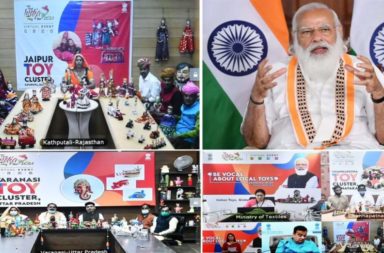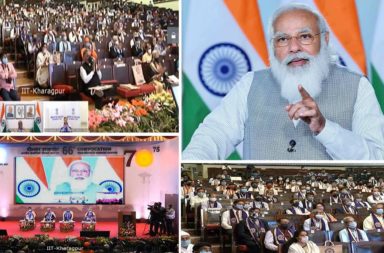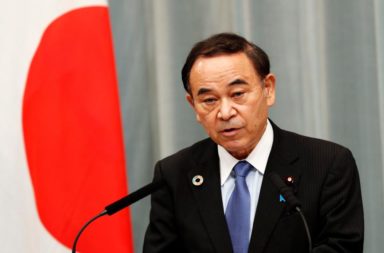In a major development, the Brihanmumbai Municipal Corporation (BMC) has installed traffic lights with female figures at a busy junction in Mumbai’s Dadar area to promote gender equality. Mumbai has now become the first city in India to introduce female figures on its traffic lights. This road has Siddhivinayak Temple, Mahim Dargah, Mahim church, BR Ambedkar’s memorial Chaityabhoomi and the proposed site for the memorial of Shiv Sena founder Bal Thackeray.
Authorities are swapping the green and red male stick figures on more than 100 pedestrian crossings as part of a broader plan to make roads more pedestrian-friendly. The permission to make the changes was given by the city traffic police to the BMC. According to reports, Mumbai’s civic body will change road signs and pedestrian signals at 13 junctions on Cadell Road, a 4.5-km arterial stretch in Mumbai’s Dadar and Mahim. Images of the change at a signal were shared by Maharashtra minister and Shiv Sena leader, Aaditya Thackeray who tweeted “if you’ve passed by Dadar, you’d see something that will make you proud. BMC is ensuring gender equality with a simple idea- the signals now have women too”.
If you’ve passed by Dadar, you’d see something that will make you feel proud. @mybmcWardGN is ensuring gender equality with a simple idea- the signals now have women too! pic.twitter.com/8X0vJR8hvQ
— Aaditya Thackeray (@AUThackeray) August 1, 2020
Equality campaigners said the change may appear small but it was significant. In many Indian cities, women make up only a small proportion of the people on the streets. “If a generation of little girls grows up seeing women figures on the traffic signals, it sends a small but powerful signal that women belong in the public,” said social scientist Shilpa Phadke. “The presence of such symbolism in the public might undo the idea that the imagined person on the street is male … this is symbolically valuable in the long run,” said Phadke, co-author of Why Loiter? Women and Risk on Mumbai Streets.
The initiative is taken under the Brihanmumbai Municipal Corporation’s (BMC) ‘Culture Spine’ project, which is a project of Shiv Sena’s Aaditya Thackeray. Many cities in Germany and the Netherlands and Switzerland’s Geneva already have female signs on traffic lights. Authorities in Australia’s Melbourne have been using female figures to promote gender equality since 2017.





